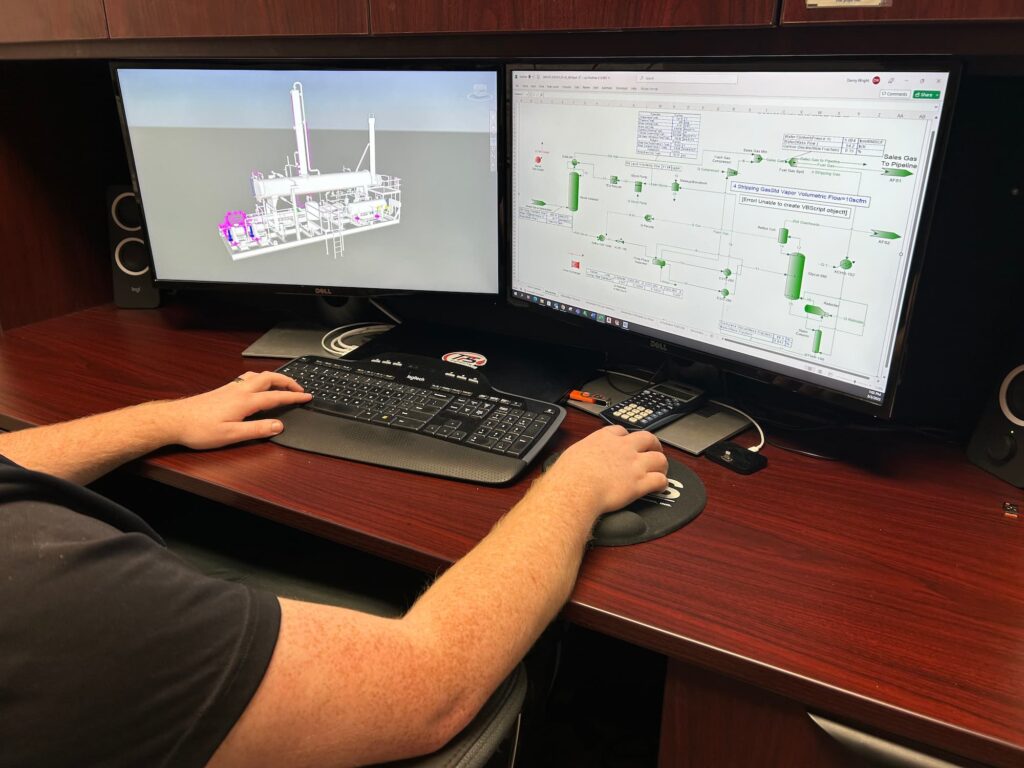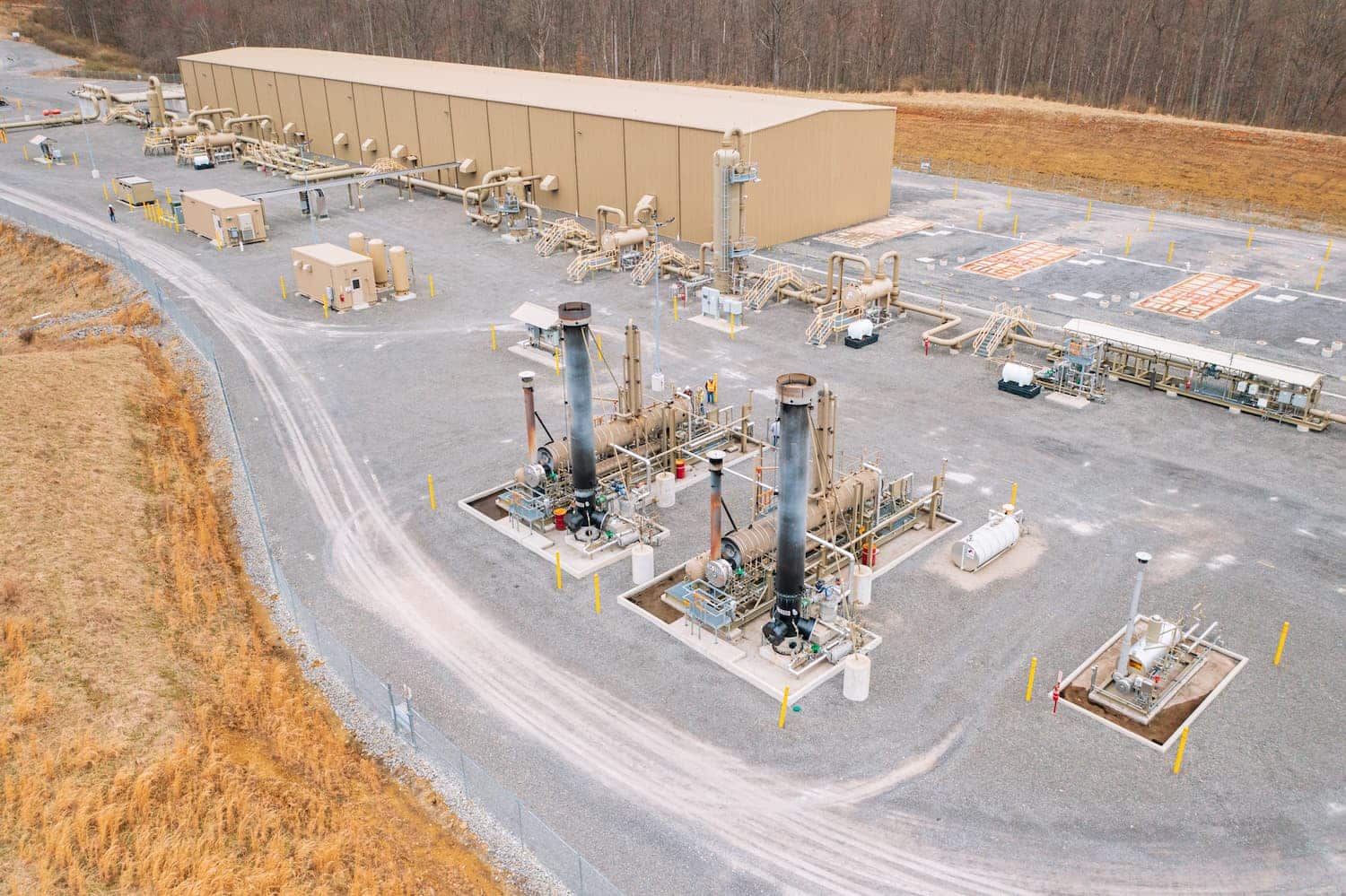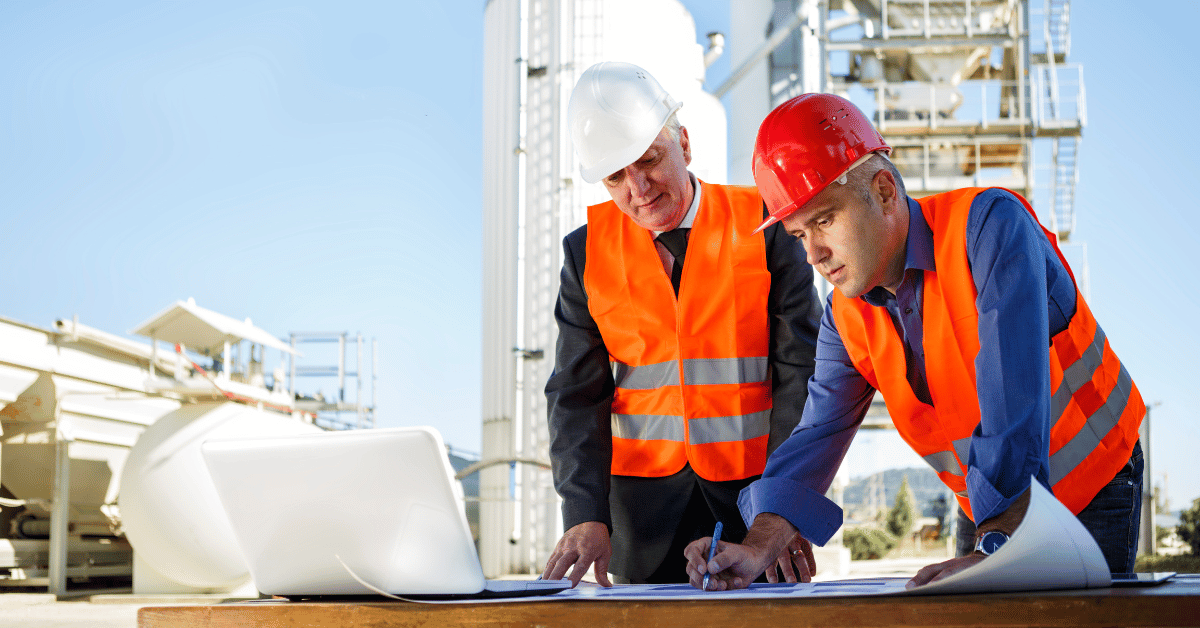Introduction: Process Modeling Isn’t Optional—It’s Essential
In the oil and gas industry, mistakes aren’t just expensive—they’re dangerous. Whether you’re designing a new facility, upgrading an existing system, or troubleshooting performance issues, process modeling plays a critical role in ensuring safety, efficiency, and profitability.
At Total Product Services (TPS), we leverage process modeling to help clients make informed decisions that directly impact operational success. This article breaks down why precision in process modeling matters, and how it supports safer, more scalable oil and gas system design.

What Is Process Modeling in Oil & Gas?
Process modeling is the use of engineering software and technical calculations to simulate how equipment, fluids, and chemical reactions will perform in real-world operating conditions. It allows engineers to predict how systems will behave before they’re physically built—or before costly mistakes occur.
Process Modeling Answers Questions Like:
Will this system meet production targets?
Where are potential bottlenecks or failures?
Are pressures, temperatures, and flow rates within safe limits?
How can energy usage and emissions be optimized?

Why Precision Matters in Process Modeling
In oil and gas production, precision in process modeling is not just a technical preference—it’s a business-critical necessity. Without precise modeling, facilities risk equipment failures, inefficient performance, compliance issues, and costly downtime. Accurate process modeling directly impacts operational reliability, safety, emissions reduction, and long-term cost savings—making it an essential foundation for effective system design, optimization, and scalability.
1. Safer System Design
Accurate models ensure that piping, vessels, separators, heaters, and other equipment are designed within safe operating parameters—reducing the risk of leaks, over-pressurization, and failures.
2. Cost Efficiency From Day One
Process modeling identifies inefficiencies, undersized equipment, or overengineered components before fabrication starts—saving time, materials, and labor.
3. Faster Commissioning and Fewer Surprises
A system modeled correctly runs smoother during startup. Pressure drops, flow issues, or unexpected process upsets are minimized, reducing costly downtime.
4. Emissions Reduction and Energy Optimization
By simulating energy usage, combustion processes, and system heat balances, models help reduce fuel consumption and emissions—supporting regulatory compliance and ESG goals.
5. Scalable Systems That Grow With You
Process models aren’t just for today. They help predict how a system will perform as capacity increases, flow rates change, or operational demands shift.

Common Scenarios Where Process Modeling Pays Off
New Facility Design: Ensure every component is right-sized and integrated correctly.
System Upgrades: Evaluate whether adding equipment affects existing process constraints.
Troubleshooting: Diagnose problems like temperature imbalance, pressure drop, or flow limitation.
Emission Compliance Projects: Model combustion systems, dehydration units, or flare systems for efficiency and compliance.
Debottlenecking: Identify constraints and optimize flow without major capex investments.
How TPS Delivers Smarter Process Modeling
At TPS, process modeling isn’t an afterthought—it’s built into every project. Our team combines field-proven experience with advanced modeling tools to deliver designs that work in the real world, not just on paper.
We don’t just hand you a model—we interpret it, apply it, and design your system based on it. Every custom equipment design, piping layout, or system upgrade goes through a process modeling step to validate performance.

Final Thoughts: Process Modeling Is the Foundation of Reliable Oil & Gas System Design
When you skip process modeling, you’re guessing. When you model with precision, you’re designing for success.
Process modeling isn’t just an engineering tool—it’s a risk management strategy, an efficiency booster, and a competitive advantage.
Ready to Optimize Your Process?
If you’re designing new equipment, upgrading an existing facility, or troubleshooting performance, TPS is ready to help.
Learn more about our Process Modeling & Optimization services or contact our team to discuss your project.
Ready to get started with Total Product Services?




